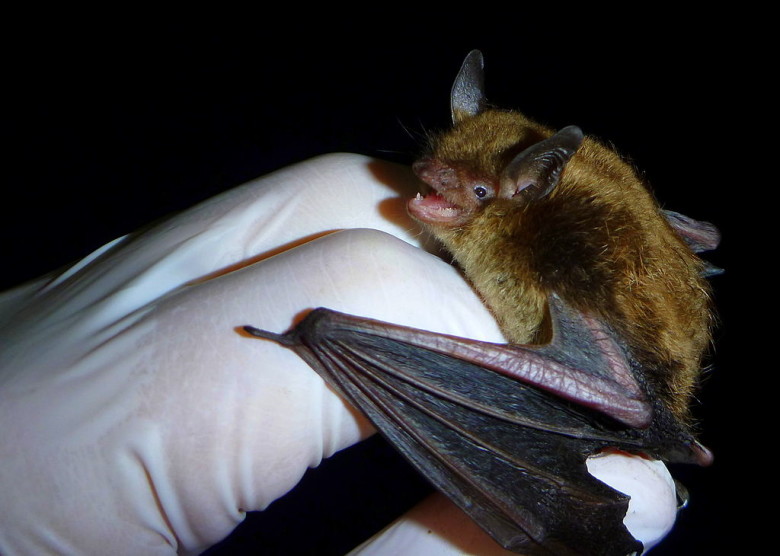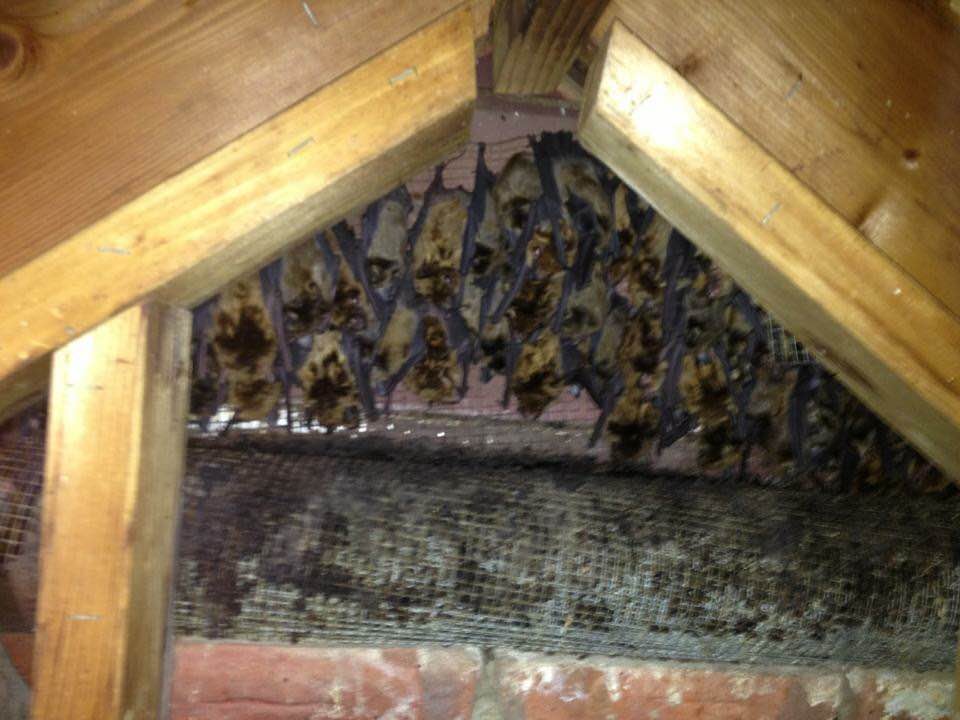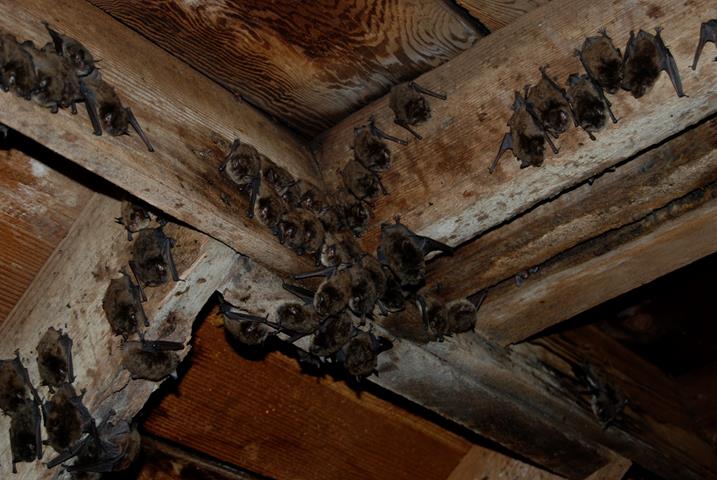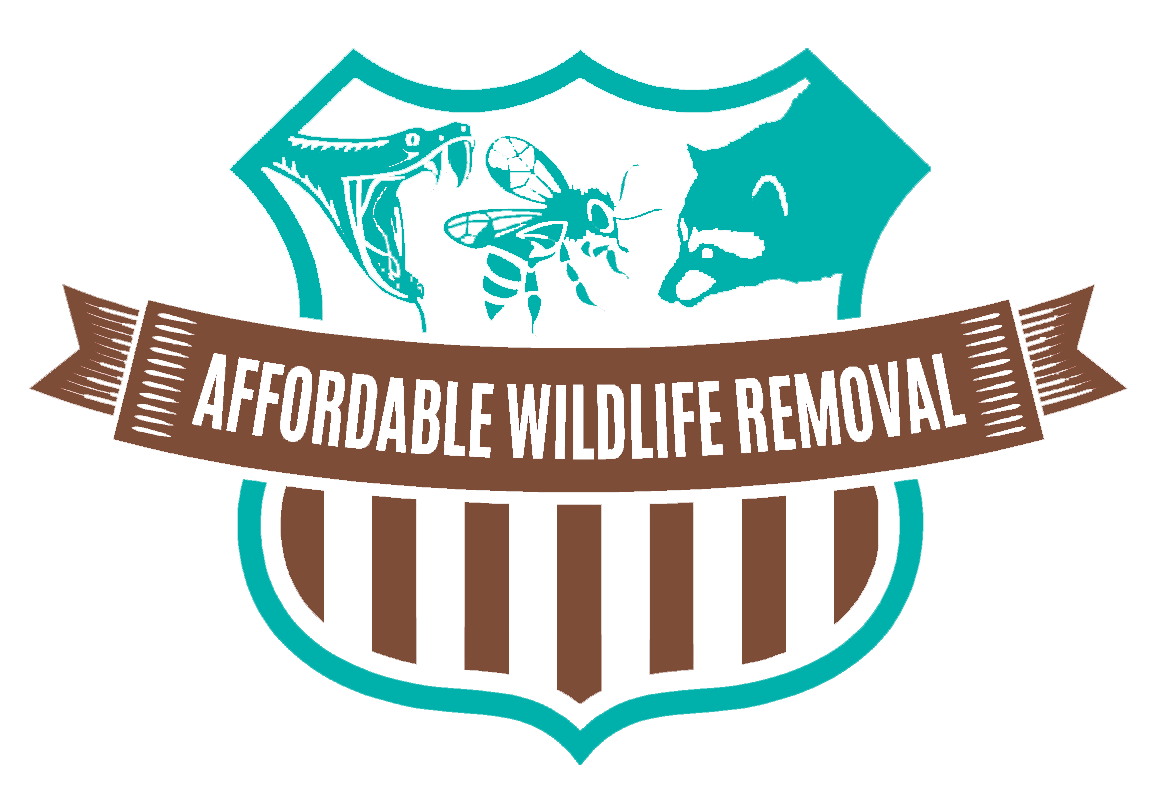Bats
We believe in humanely retrieving and relocating wildlife, call now for Affordable Wildlife Removal in Orlando.
Bats That Can Be Found Around Your Home
What Are Bats?
Bats are mammals, this means they have bodies coated in fur, they are warm-blooded, and they give birth to live babies . Bat others feed milk to newborn babies.
The only animals that can take genuine powered flight are bats. Similar to a human’s hand, a bat’s claws are long and small allowing them to manipulate food/climbing. Between the fifth finger of the bat and its body/leg, there is a wide region of wing membrane. 1Trusted Source National Park Service Go To Source
What Do They Look Like?

People typically first note their prominent wings, which at the bottom are scalloped and resemble the look of the lower edge of an old-fashioned umbrella. Their wings are hairless, and rubbery, leathery skin covers them.
There are many colors of bats, including black, brown, red, tan, and green. They usually have small snouts, broad rodent-like ears, and fur-covered torsos. With an eight-inch wing span, the smallest bats are around three inches long, while the largest can reach seven inches long with a two-foot wing span.
How Large Are Florida Bats?
A lot of bats in Florida are on the smaller end, with body lengths of 2 to 3 inches, and with wing covers varying from 8 to 15 inches. For instance, it would take 10 tricolored bats (Florida’s smallest bat) to equate to the weight of 1 large chicken egg. 2Trusted Source Florida Fish And Wildlife Conservation Commission Go To Source
Where Bats Prefer To Live

In nearly every type of habitat, bats can be found. In deserts, woodlands, suburban areas, caves, and towns, bats live in a number of different structures. Trees, holes, cracks in walls, bridges, and even a house’s attic can be used as a bat roost.
The key aspects of a good roost for bats consists of shelter from predators and easy access to a food/water sources. Bats tend to call attics home because their warm, often unvisited, and allow for the bats to come and go unbothered.
Some species of bats prefer to sleep alone or in little groups, while others like to be a part of a large colony.
While some colonies live in caverns, those are not common throughout Florida so they often find shelter in manufactured structures like bridges.
Solo or small groups roost in tree cavities, undersides of branches and palm leaves, in Spanish moss, on utility poles and in sheds or homes. 3Trusted Source Florida Museum Go To Source
The Diet Of A Bat
Most bats eat pests and are called insectivores. These bats like to eat beetles, moths, mosquitoes, and more. And they sure do eat a great deal of bugs.
Did you know that a little brown bat can eat up to 500 mosquito-sized pests in an hour? Now that’s a great deal of insects. And some bat colonies have countless bats! Simply think of the number of bugs there might be without these insectivorous bats.
There are some bats that like to consume fruit, seeds, and pollen from flowers. These bats are called frugivores. Their preferred foods are figs, mangoes, dates, and bananas. Some frugivores have been known to consume sugar water from humming bird feeders. 4Trusted Source Arizona State University Go To Source
Preventing Bats From Entering The Home

Bats must not be allowed into your home. It s best to contact an animal-control or wildlife conservation agency for assistance with bat-proofing your home. If you choose to do the bat-proofing yourself, here are some suggestions.
Carefully examine your home for holes that might allow bats entry into your living quarters. Caulk any openings larger than a quarter-inch by a half-inch. Use window screens, chimney caps, draft-guards beneath doors to attics, fill electrical and plumbing holes with stainless steel wool or caulking, and ensure that all doors to the outside close tightly.
Prevent bats from roosting in attics or buildings by covering outside entry points. Observe where the bats exit at dusk and keep them from coming back by loosely hanging clear plastic sheeting or bird netting over these areas. Bats can crawl out and leave, but cannot re-enter. When all the bats are gone, the openings can be permanently sealed. 5Trusted Source Center For Disease Control Go To Source
Damage That Can Occur In Your Home

In small numbers, bats aren’t much of a problem. It’s when the colony grows in size that real problems start to take place, and they mostly pertain to guano accumulation.
Nevertheless, even if you just have a small colony, it’s better to handle it as soon as possible. Bats live a long time, and they stay in the same location essentially permanently (years if conditions allowing).
The colony grows larger every year, as the female bats have children each summertime, and those children join the colony. After a duration of years, you can have thousands of bats, and that’s where the issues start.
Problems caused by bats in homes range from minor to life threatening. Hearing occasional squeaking or the rustling of bat wings in your attic, chimney, or walls can be a nuisance, and even a bit upsetting.
It is likewise troubling to find a baby or adult bat in the living areas of your home. If a bat is stuck and passes away someplace in your walls or somewhere else in your home, you may smell the undesirable stink of the rotting bat. These problems are minor, however should not be neglected due to the fact that eventually larger problems will develop.
Dangers Of Bats In The Home

Bats will do substantial damage in your attic and it can be extremely expensive if they are not gotten rid of. The bat feces, or bat guano, will destroy the insulation in the attic and the drywall below it.
Bats are also very unsafe to have living in the attic because the bat guano can grow a fungus that launches spores into the air triggering histoplasmosis in humans. Histoplasmosis can cause severe breathing diseases and can even result in chronic lung disease.
The primary cause of the rabies virus being transmitted to human beings is from bat bite. Bat removal is important to prevent expensive damage in the attic and secure the security of your family.
6Trusted Source Center For Disease Control Go To SourceRemoval Of Bats In The Attic

Bats are safeguarded in Florida and it is illegal to trap bats. Bat proofing or bat exclusion is the most reliable method to get rid of bats.
Some companies will utilize poison to kill the bats and not only is it prohibited, but the bats will most likely pass away in a wall and produce a horrible odor. Then a dead animal removal will be necessary.
Other strategies such as sounds and smells do not work. The bats should be excluded from the house humanely and by an experienced professional. If the bats are sealed in a home without offered an opportunity to leave they will starve and die.
The best way to ensure security is to contact your nearest licensed wildlife specialist from Affordable Wildlife Removal to handle the operation. When on your land, Affordable Wildlife Removal will recognize the entry points that bats use to enter your home and make decisions to permanently exclude them. It is still best to leave bats suspected of having rabies for specialists to remove.
Summary: Bats are mammals coated in fur and are the only animals capable of powered flight. They come in many colors and are typically small in size. They enter homes in search of a safe place to roost and raise their young. Most bats eat insects but certain species will eat fruit from citrus groves.
Bats can fit through the smallest of gaps and can damage the home by dropping their guano. Sealing cracks and crevices before bats enter the home is the only way to prevent them from entering the home. Having a bat in your house is a safety risk because of the diseases they carry such as Histoplasmosis and Rabies. Bat removal is a difficult task (because they’re a protected species) and it’s advised to have professionals remove bats from the home.

